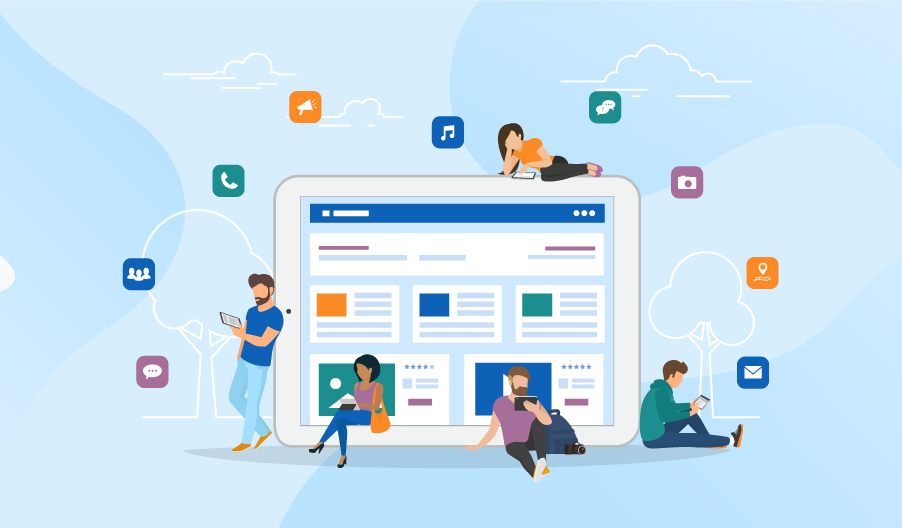Tablets: Plus – Well, They Are Bigger, Minus – Yes, They Are Bigger
We hear a lot now about tablets, and they are actually becoming a natural part of if the IT paradigm. Companies are making their software available for tablets, web pages are being optimized for tablet dimensions; the tablet app/game market is huge and growing. Nevertheless, for quite a while I kept questioning myself if we actually need them.

Design. As for the designs of these devices they are so very cool – they are big, slim and shiny.
Mobility. I can perfectly understand the use of mobile phones as a substitute for desktop computers or a laptop – here the name mobile is perfectly the right one. Because… they are making us mobile, you know.
As for the tablets the shape and size factors are not significantly different from netbooks – you cannot put an iPad or Galaxy Tab into your pocket or lady purse. You will need a special case for it and a holder, instead.
Uses. According to “The Tablet Revolution” report by Pew Research Center’s Project for Excellence in Journalism emails reading, Internet surfing, games playing and books reading are the most popular tablet user’s daily activities. Well, all these features are present in your desktop/Smartphone. Yes, the tablets are fashionable. Yes, the screen is bigger than on your phone, but it is definitely smaller than on your desktop/laptop. Thus, I’m not really yet persuaded, whether I should buy it.
While people are still mostly buying tablets for entertainment, the business applications are a big and heartily sponsored market share.
- For office workers: I’m not sure it can quite be an alternative, more like a supplement since typing in large volumes is not that convenient; moreover, integration of usual office hardware like keyboards, external hard drives, printers, desktop computers still leaves much to be desired.
- For construction/maintenance workers: these gadgets are yet too “delicate” for such treatment. Actually while I was writing this article – Panasonic announced its plans for a new stress- and water-resistant tablet. The claimed features are good, but the price of 1200 USD limits the users target group.
- Laptop/notebook alternative for children. I believe it will work and work very well. It is beautiful, interactive and the colors are bright. Very catchy.
- Smartphone alternative. Plus – well, it is bigger. Minus – yes, it is bigger.
- E-reader – a very sound solution for this, only mind the price factor.
- Camera – it surely cannot be an alternative for a professional camera, but it’s a useful tool for everyday purposes, such as Skype.
These uses are based on current experience, and so they are rather limited. Actually it would be a good idea for producers and users to try to see a new potential in the device. We just need to start to see it as a separate and different tool. So, let’s practice being tech visionaries. There has been already quite a lot of information published on this topic and interestingly not many industrial uses have been suggested. The ones that come to mind are – medical staff portable registration/prescription/diagnosis tool, retail and support console, a tool for teachers for attendance monitoring, assignment management, etc., service personnel tool – for waiters, flight attendants.
So, as far as it goes – it seems a tablet is a beautiful and interactive multimedia gadget. It can in some ways replace your telephone and laptop. It can surely be your notebook, e-book reader, camera and browsing device.
It is great for games and entertainment, small applications, a cool marketing and educational tool. So, there is a huge field still open for exploration. Tempting, isn’t it?

